SEASONAL conditions continued to improve in many regions in the final two weeks of December 2023.
Pasture biomass has accumulated throughout the eastern half of New South Wales, Victoria, north-eastern Tasmania and from Cape York to south-east Queensland.
Significant rainfall in Queensland, from both ex-tropical cyclone Jasper and severe storm events in southern Queensland and northern NSW have contributed to the increases in fractional cover; however, biomass accumulation will take some time to alter TSDM levels in some regions.
Total Standing Dry Matter
The continued accumulation of pasture biomass in eastern Australia is a key feature of the Total Standing Dry Matter update for 30 December 2023 (Image 1).
Many areas in NSW now exceed the 2000kg/DM/Ha benchmark, with a noticeable reduction is areas with pasture biomass levels recorded as 1000kg DM/Ha or below.

Imagery and analysis provided by CiboLabs
However, there are still some significant areas north and west of Dubbo in NSW that are still well below this level and further rainfall to assist growth is needed in these regions as well as those further to the west.
In Queensland, TSDM levels continue to increase in the regions North of St George and east of Blackall and Barcaldine.
Areas in excess of 2,500kg/DM/Ha remain a feature of the regions north of Emerald and extend to the southern Gulf and Cape York.
TSDM levels in the Northern Territory reflect the recent rainfall events of this wet season, with declines in TSDM now noticeable north of Alice Springs and in the southern extent of the Barkly.
However north of Elliott and northwest to Katherine, TSDM levels remain above the 2500kg/DM threshold.
Seasonal Comparison Total Standing Dry Matter
As could be expected, seasonal comparisons of TSDM for December reflect the growth patterns previously mentioned.
There has been an improvement in conditions in southeast Victoria with the conditions now moving closer to the long-term average for this time of the year. Eastern Tasmania has also seen conditions move closer to the long-term average for this time of the year.
South Australia continues to see seasonal conditions measured as below the average for December.
The Yorke, and Eyre Peninsula’s are largely in the lower 20 decile range, as are much of the pastoral and agricultural areas of Western Australia. (Figure 2).
Fractional Cover (Growth)
The most significant feature of the current updates is the Fractional Cover image, detailing the increased number of regions across the Northern Territory, Queensland, and NSW (Image 3).
While many locations within these regions have yet to see significant changes in the Total Amount of Standing Dry Matter, active green growth, often in green pick, or short green feed is easily observable.
The image of the 30th of December identifies the areas that have experienced not only early storm events but have both now seen follow up rainfall events and widespread biomass response as a result.
Green Total Standing Dry Matter
The contribution of Green Standing biomass to total feed availability is significant particularly in the Queensland NQ Dry Tropics, Fitzroy Basin and east of Longreach and Barcaldine.
These areas see amounts of Green Standing Dry Matter in excess of 1750kg/DM/Ha.
Areas such as the Northern Territory show high amounts of Green Standing Dry Matter extend from the Victoria River District through to the Darwin Daly and into East Arnhem land. (Image 4).
Dead Standing Dry Matter
Dead Standing Dry Matter levels continue to decline across the country.
There is a noticeable loss in levels in all states, reflecting the detachment of material due to summer storms and general summer conditions.
The areas with significant resources of Dead Standing Material (in excess of 1200kg/DM/Ha) are confined to the western edges of the Queensland Gulf, eastern Barkly, and parts of the NSW Riverina.
In Western Australia, a line extending southeast from Geraldton towards Kalgoorlie also has Dead Standing Dry Matter at levels greater than 1250kg/DM/Ha. (Image 5).
Monthly Ground Cover levels
National Ground Cover levels (30-day rolling average – Image 6) remain largely unchanged in eastern Australia.
In Western Australia, there has been a continuation of slight improvement in areas of ground cover and this slight improvement extends into the north-western corner of South Australia with some slight gains noticeable.
For more localised information including regional level overviews, users are encouraged to explore the Cibo Labs Regional Comparison. This tool provides regional data that may show the impact of localised weather or fire events. A further level of detail for individual properties is available for users who have created an Australian Feedbase Monitor account, which can be accessed both through the MyMLA portal or through the Cibo Labs website.
The Cibo Labs National Comparison can be used to freely access these layers (https://www.cibolabs.com.au/products/national-comparsion/) to view the most recent images from a national, state or catchment level.
This tool can complement the Australian Feedbase Monitor which can also be created within the Cibo Labs Web Site www.cibolabs.com.au

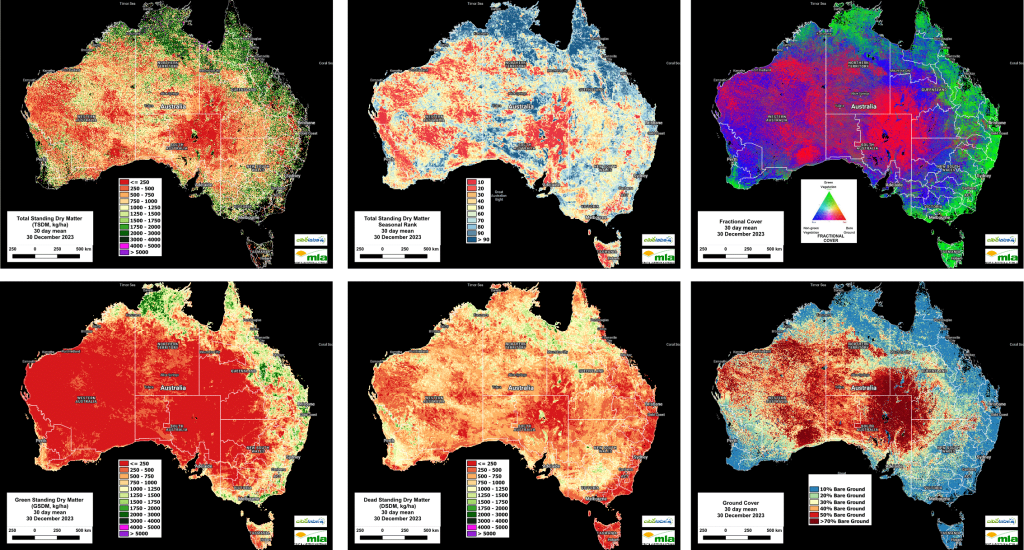
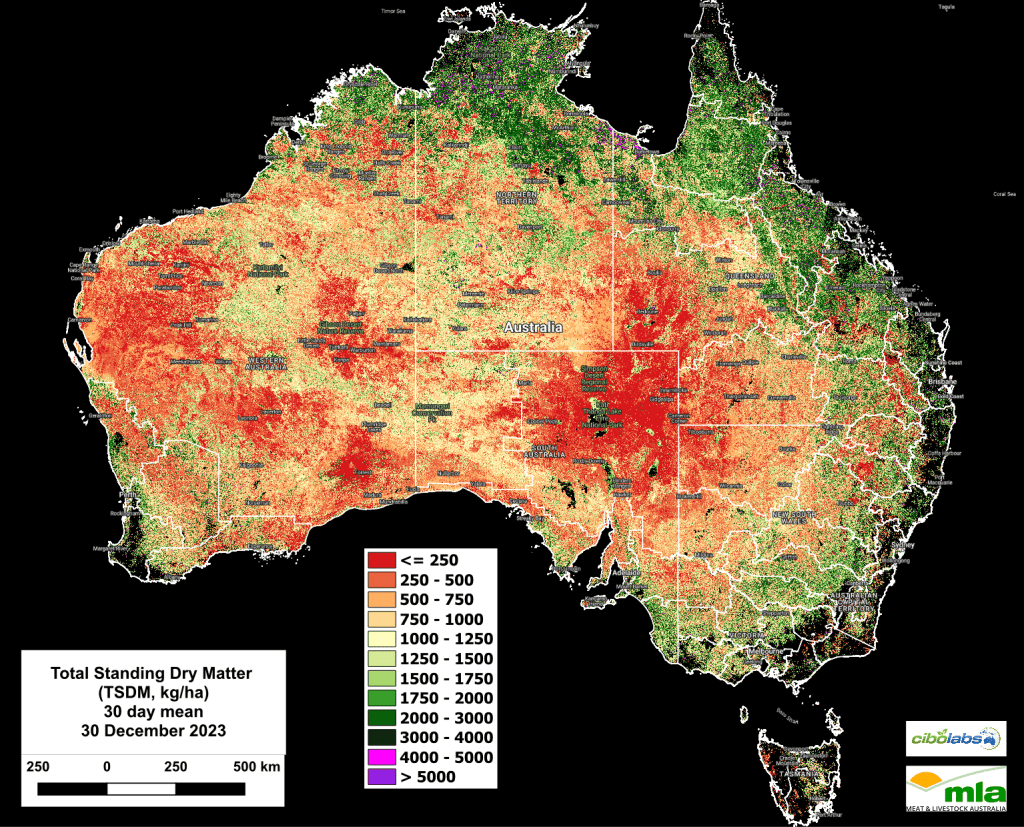
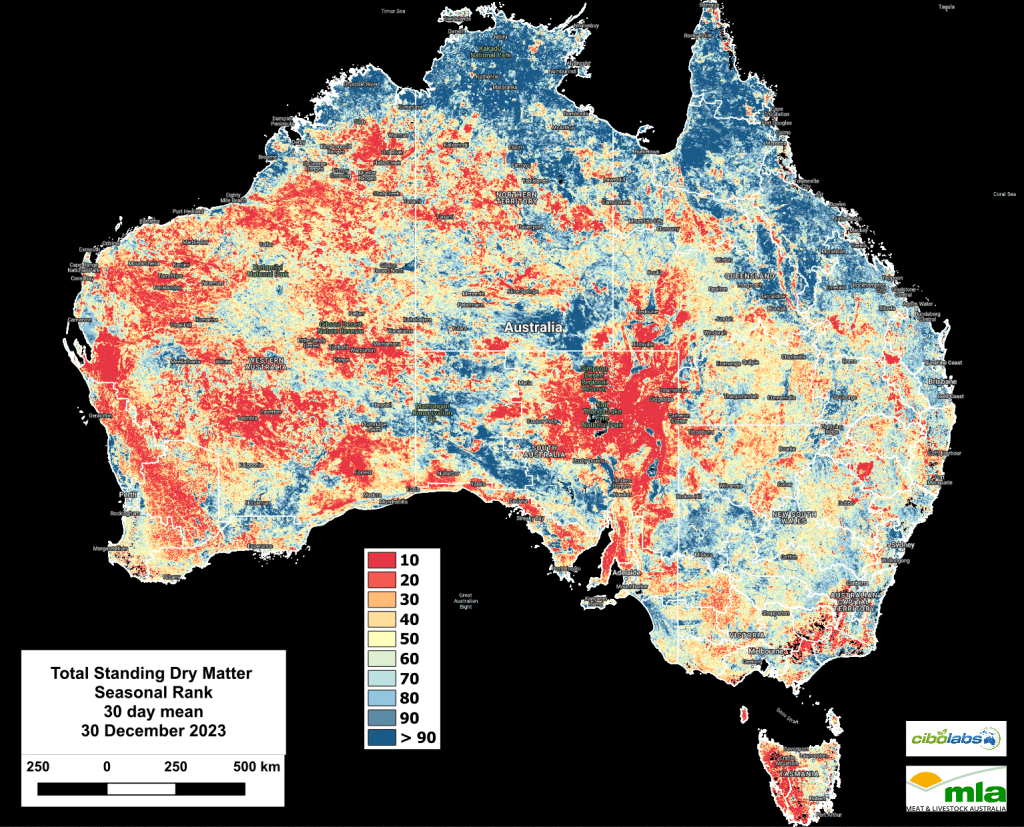
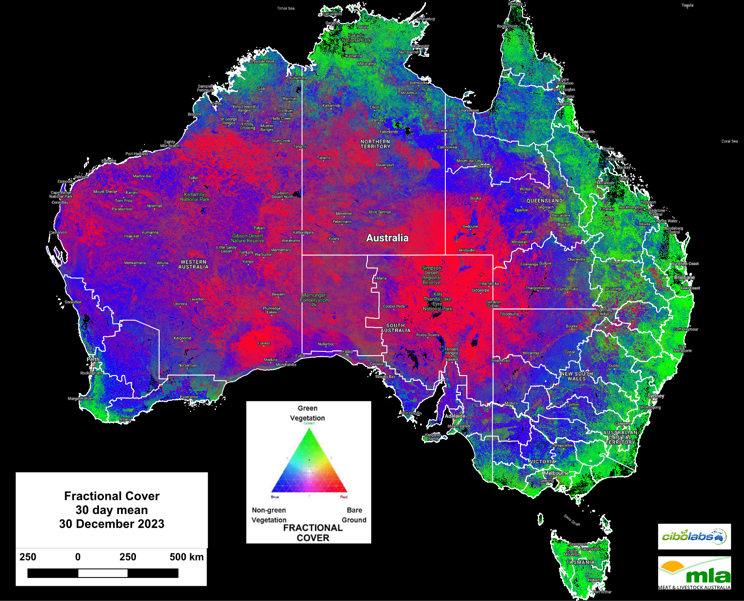
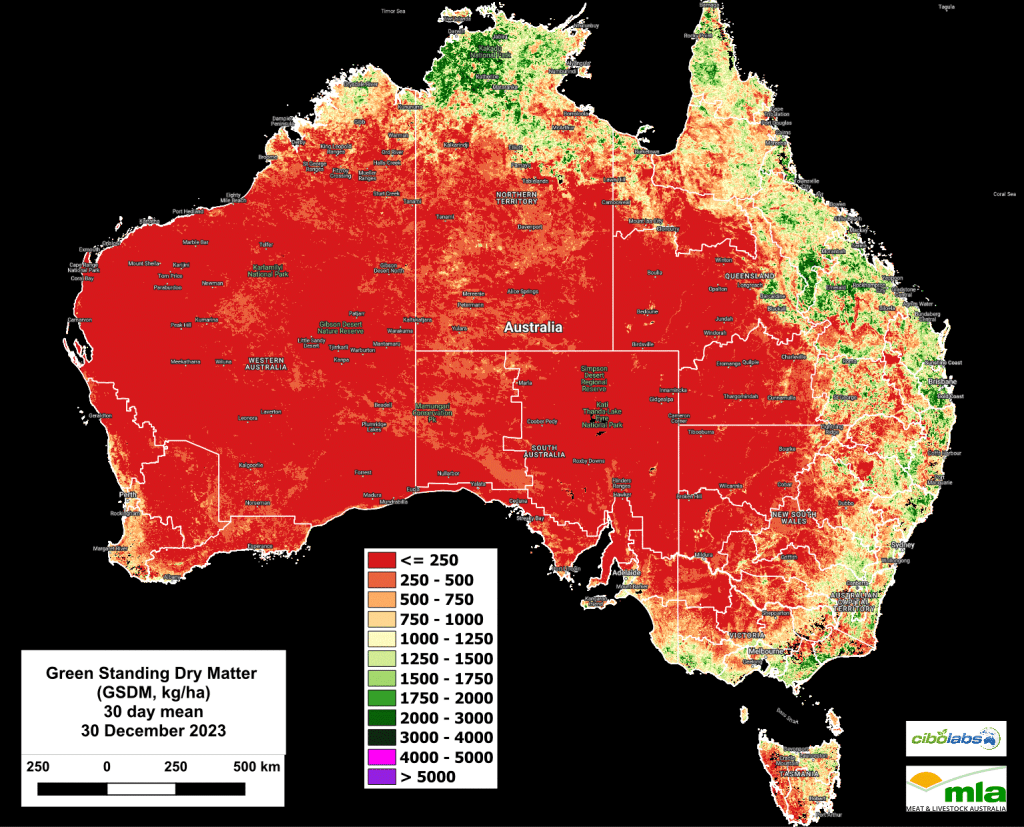
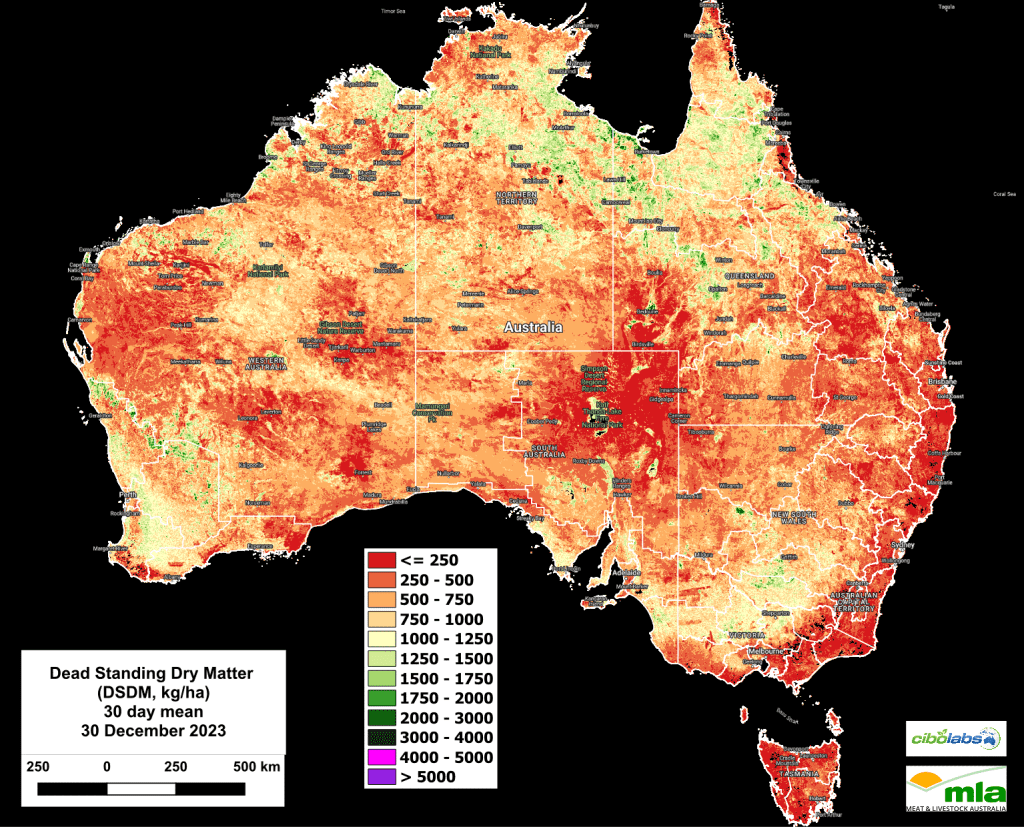
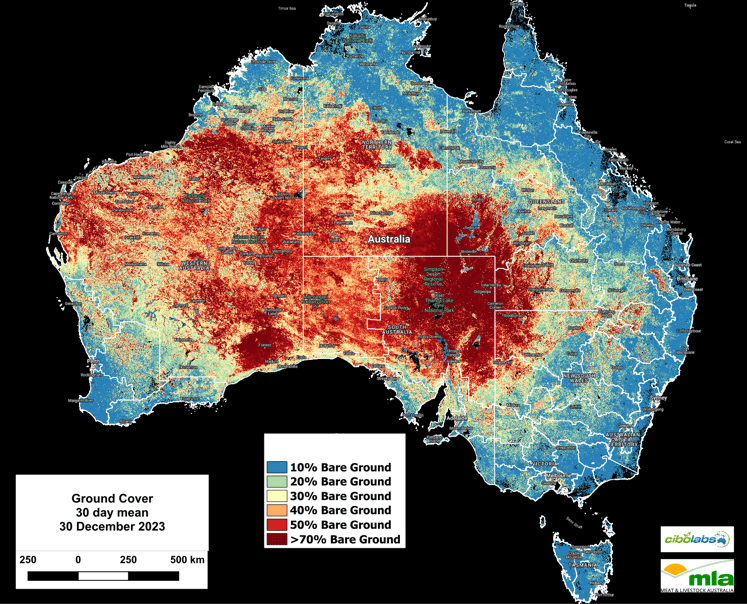
HAVE YOUR SAY